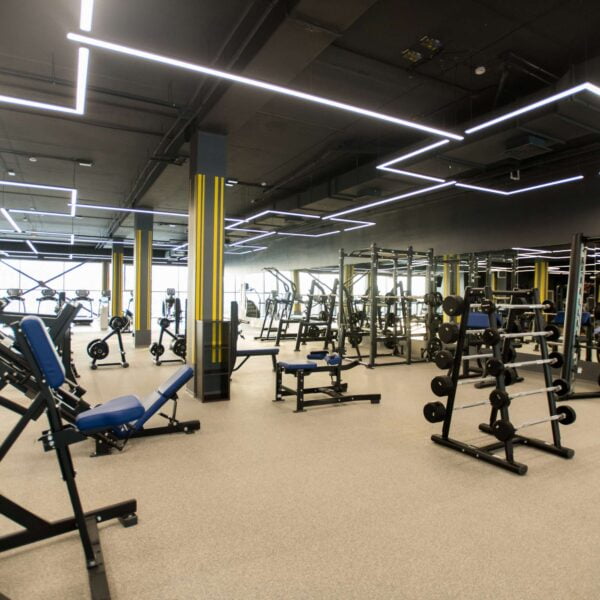The coronavirus that has infected more than 341,000 people around the world can live for hours on doorknobs, handrails, keyboards, lift buttons, gym equipment, kitchen equipment and other hard surfaces, just waiting to be passed on to someone else. “By touching a surface or object that has the virus on it and then touching their own mouth, nose or possibly their eyes,” a person could become ill with COVID-19, the respiratory disease caused by the coronavirus, warned the Centres for Disease Control and Prevention (CDC).
That makes it imperative to thoroughly clean shared spaces when a known or suspected exposure has been introduced by an employee or visitor. But what is the best way to disinfect a contaminated space? And how clean is clean enough?
Otium are constantly reading and understanding not only the UK government guidelines but those around the world to ensure that our deep cleaning is effective against the virus.
Considerations;
Experience of new coronaviruses (SARS-CoV and MERS-CoV) has been used to inform this guidance. The risk of infection depends on many factors, including:
- the type of surfaces contaminated
- the amount of virus shed from the individual
- the time the individual spent in the setting
- the time since the individual was last in the setting
The infection risk from coronavirus (COVID-19) following contamination of the environment decreases over time. It is not yet clear at what point there is no risk, so cleaning of contaminated areas needs to happen as a matter of urgency.
Cleaning and disinfection
Public areas where a symptomatic individual has passed through and spent minimal time, such as corridors, but which are not visibly contaminated with body fluids can be cleaned thoroughly as normal.
All surfaces that the symptomatic person has come into contact with must be cleaned and disinfected, including:
- objects which are visibly contaminated with body fluids
- all potentially contaminated high-contact areas such as bathrooms, door handles, telephones, grab-rails in corridors and stairwells, gym equipment, changing rooms, hotel rooms.
- We use only disposable cloths or paper roll and disposable mop heads, to clean all hard surfaces, floors, chairs, door handles and sanitary fittings, following one of the options below:
- we are following guidelines and using a combined detergent disinfectant solution at a dilution of 1,000 parts per million available chlorine
- Where items cannot be cleaned using detergents or laundered, for example, upholstered furniture and mattresses, steam cleaning will be used.
- Any items that are heavily contaminated with body fluids and cannot be cleaned by washing will be disposed of.
- Our Coronavirus sanitising teams are available 24 hours a day.
- Each specialist clean is followed up with a full report, pictures and video detailing surfaces and areas covered, when they were cleaned and who by.
- Coronavirus Sanitisation
- Virucidal Sanitising
- Germicide & Sanitiser
- Decontamination Cleaning
- Disinfection of Equipment
- Disinfection of Hard Surfaces
- Government Approved Germicides
Get in touch today
Otium’s team of Health and Safety Administration (OSH) Certified experts have extensive training and experience in decontaminating facilities and residential properties from bacteria and viruses such as Ebola, types of norovirus, MRSA and similar strains of COVID-19. Our team is ready to assist in preventative measures, potential exposures and confirmed cases of COVID-19 cleaning.



